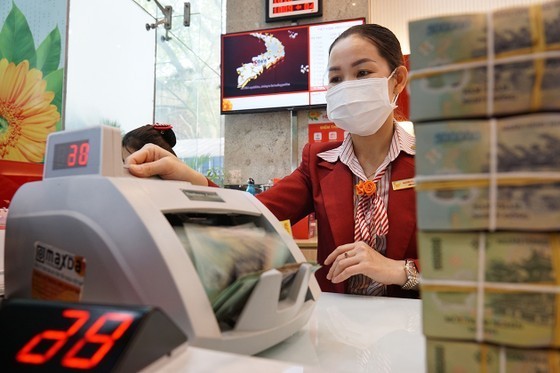 |
Illustrative image |
On June 21, Mr. Dao Minh Tu, Deputy Governor of the State Bank of Vietnam (SBV), said that the SBV's current policy implementation had been encountering significant difficulties in simultaneously achieving multiple objectives. Specifically, in credit management for the year 2023, with the goals of attaining economic growth of approximately 6.5 percent and inflation of around 4.5 percent, as set by the National Assembly and the Government, the SBV has aimed to guide credit growth to be around 14-15 percent in 2023. This target will be adjusted accordingly to accommodate evolving trends and actual circumstances.
Furthermore, credit management aims to fulfill the credit capital requirements of the economy, thereby contributing to inflation control and supporting economic growth. As of June 15, the total credit outstanding in the entire economy stood at approximately VND12.32 quadrillion, marking a 3.36 percent increase compared to the end of 2022.
Nevertheless, as highlighted by Deputy Governor Dao Minh Tu, a significant concern currently exists where many businesses are encountering difficulties caused by factors such as order shortages, high inventory levels, disrupted financial resources, escalating prices of raw materials across different sectors, and a decline in domestic and international purchasing power. These challenges faced by businesses are impacting the implementation of monetary policies, and there are growing concerns about potential bad debts in certain banks.
The SBV will adjust interest rates following macroeconomic equilibrium, inflation, and monetary policy objectives. Furthermore, it will continue encouraging commercial banks to reduce costs and lower lending rates, aiming to support business recovery and foster production and business development.














)

)







